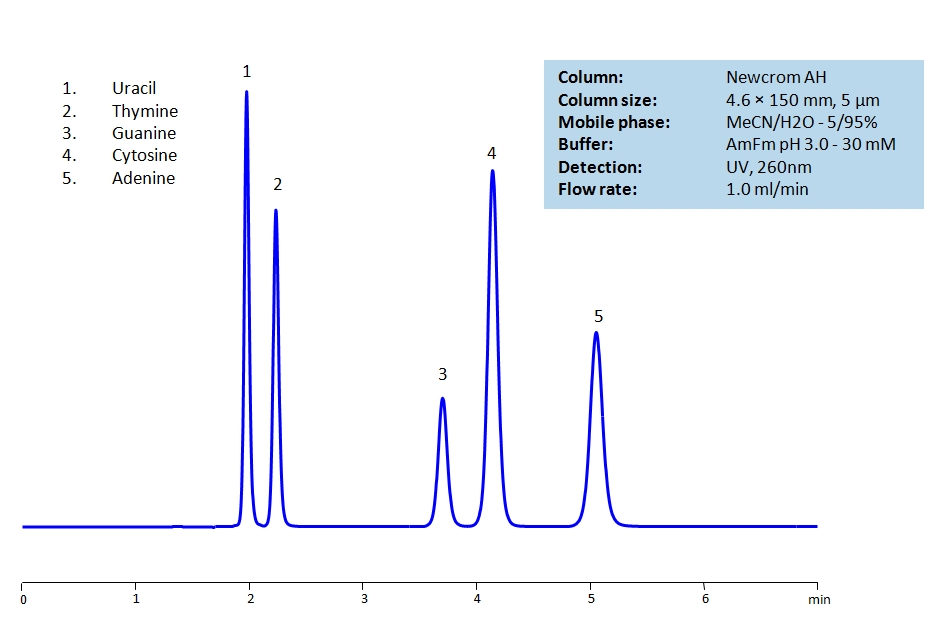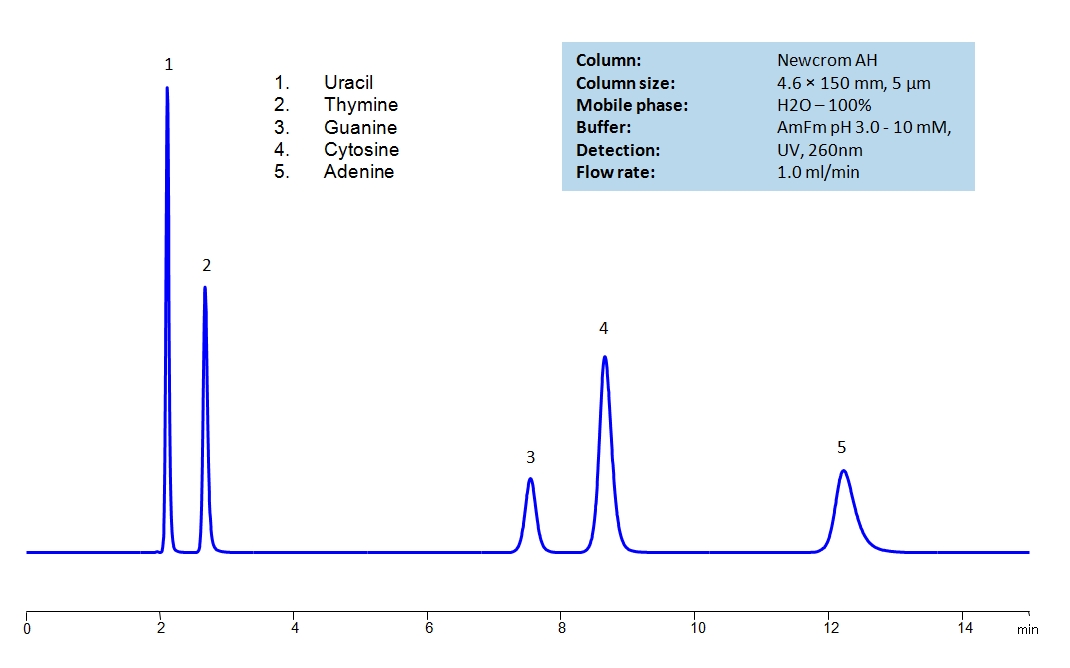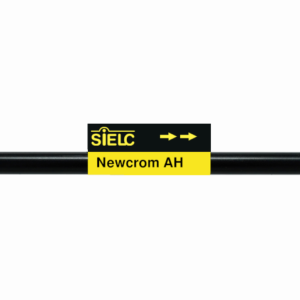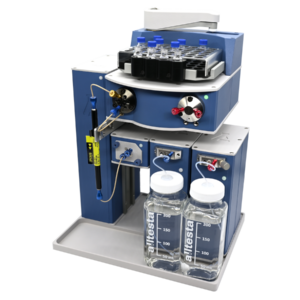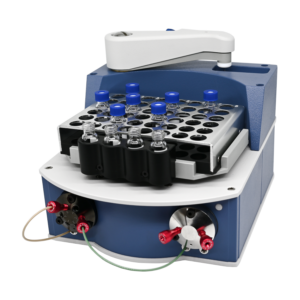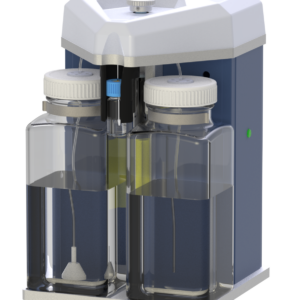HPLC Method for Uracil, Thymine, Adenine, Cytosine, Guanine on Newcrom AH by SIELC Technologies
High Performance Liquid Chromatography (HPLC) Method for Analysis of Uracil, Thymine, Adenine, Cytosine, Guanine.
| Column | Newcrom AH, 4.6 x 150 mm, 5 µm, 100 A, dual ended |
| Mobile Phase | MeCN/H2O – 5/95% |
| Buffer | AmFm pH 3.0- 30 mM |
| Flow Rate | 1.0 ml/min |
| Detection | UV 260 nm, MS-compatible mobile phase |
| Column | Newcrom AH, 4.6 x 150 mm, 5 µm, 100 A, dual ended |
| Mobile Phase | H2O – 100% |
| Buffer | AmFm pH 3.0- 10 mM |
| Flow Rate | 1.0 ml/min |
| Detection | UV 260 nm, MS-compatible mobile phase |
Uracil, Thymine, Guanine, Cytosine and Adenine are the nucleobases found in RNA and DNA.
Uracil, also noted as U and Ura, has C4H4N2O2 chemical formula. It is a derivative of pyrimidine that is rarely found in DNA, working more often in RNA in transcription by binding to adenine through hydrogen bonds. You can find detailed UV spectra of Uracil and information about its various lambda maxima by visiting the following link.
Thymine, also noted as T and Thy, has the chemical formula C5H6N2O2. It is a a pyrimidine nucleobase that may be produced through methylation of uracil. In DNA, it creates a double hydrogen bond to Adenine to hold together the structure of DNA.
Guanine, also noted as G and Gua, has the chemical formula C5H5N5O. By forming three hydrogen bonds with the Cytosine, it creates a base pair. It’s name comes from the Spanish term “guano”, meaning bird or bat dropping, as that is said to have been how it was first discovered. Outside of DNA, Guanine that is harvested from fish scales, is occasionally used in cosmetics for it’s luster.
Cytosine, also noted as C and Cyt, has the chemical formula C4H5N3O. In DNA, it pairs with Guanine to create a base pair. In RNA, it is synonymous with Uracil, being an interchangeable third base. Not only that, due to it’s instability, it can change into Uracil through spontaneous deamination.
Adenine, also noted as A and Ade, has the chemical formula C5H5N5. Besides DNA and RNA, Adenine can also be found in Adenosine triphosphate (ATP), which is a nucleotide triphosphate that provides energy in cells required for bodily functions. In DNA, it partners with Thymine via two hydrogen bonds, while in RNA it bonds to Uracil for protein synthesis.
The nucleobases are difficult to separate on reverse-phase columns due to their polar, hydrophilic and ionic nature. Using the Newcrom AH mixed-mode column, the nucleobases can be easily separated isocratically using low organic mobile phase (5% acetonitrile) or pure water, if organic mobile phase is undesirable, with ammonium formate buffer, making the method both UV and Mass Spec compatible.
Application Column
Newcrom AH
Column Diameter: 4.6 mm
Column Length: 150 mm
Particle Size: 5 µm
Pore Size: 100 A
Column options: dual ended
Cytosine
Guanine
Thymine
Uracil

